Kho Gaye Hum Kahan: A Coming Of Age Film That Belongs To This Time
This is #CriticalMargin, where Ishita Sengupta gets contemplative over new Hindi films and shows. Here: Kho Gaye Hum Kahan on Netflix.
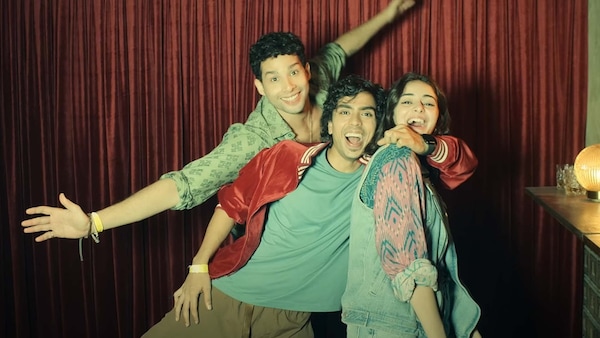
Last Updated: 04.00 PM, Dec 27, 2023
This column was originally published as part of our newsletter The Daily Show on December 27, 2023. Subscribe here. (We're awesome about not spamming your inbox!)
***
THERE are certain pointers to a Zoya Akhtar and Reema Kagti collaboration. The production is upscale, like every frame is wrapped with a translucent organza cover. The characters speak Hindi in a specific way as if they are mindfully translating their words from English. And, of late, the storytelling has become instructive wherein the makers address a moral crisis and introduce narrative tools, mostly voiceovers, to not just resolve but even shape our perspective towards it. They tell us the problem, they give us the solution and then they tell us how to feel about it. It is a strangely self-serving move where our intellect is at the mercy of their need to be righteous. Like they are telling a story and talking down to us while at it.
The result has been mixed. In Dil Dhadakne Do, the 2015 film by Akhtar, the inclusion of a dog as the narrator to spell out the subtext of a dysfunctional family was a nagging problem but not big enough to derail the narrative. In the first season of their show, Made In Heaven (2019), each episode concluded with a poetic voiceover. It was distracting but cushioned by the ingenuity of the premise where fairy tale Indian weddings were placed under the scanner. By the time the second season arrived this year, their intent to be correct had become a full-blown storytelling crutch, shrinking everything else; the narrative collapsed under the burden of moral high ground. Their latest work, Kho Gaye Hum Kahan (which they have produced and share writing credits on with Yash Sahai and Arjun Varain Singh) is riddled with similar issues.
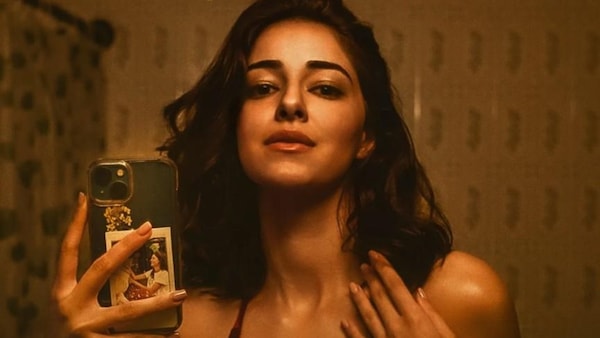
Take for instance the deliberation with which it features the three protagonists — Ahana Singh (Ananya Panday), Imaad Ali (Siddhant Chaturvedi) and Neil Pereira (Adarsh Gourav) — from three different faiths. It is a detail that feels more like a curated decision than a studied call. Consider also the last ten minutes where the central conflict of the film is reduced to a wishful voiceover, neatly resolving every issue in the guise of new year resolutions. The most nagging one, however, is the convenience with which it resolves (the word might come up again in this review) the ambiguity of one of the characters by a swift stroke. There was promise in the arc where he, an otherwise woke man, confronts his conditioning and the fact that he might not be as principled as he assumed himself to be. But the outing resolves (here it is) this dilemma with a copout that is indicative of a lesser film.
Kho Gaye Hum Kahan is anything but that. It is a skilfully crafted outing that revolves around three childhood friends living in Mumbai, and unfolds informed of the inequity rooted in the city. It is a modern film that unravels in the language of modernity (characters enunciate words with such languidness like the world is waiting for them) and uses digital tools not just as carriers but as the interface of the plot. The opening credits feature shared moments of the friends having fun along with their social media posts of them having fun, documenting how important documentation has become.
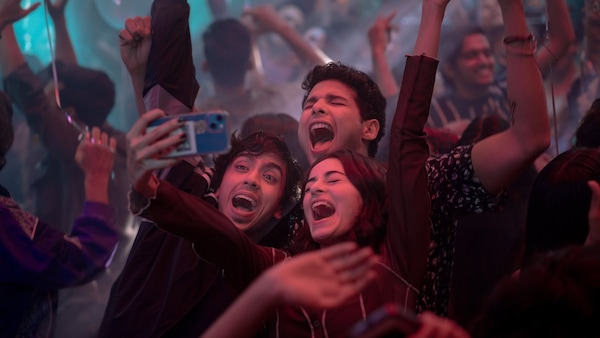
Arjun Varain Singh’s directorial debut is a film of our times that watches us watching it with phones in hand; it is a coming of age tale that reckons with the disillusionment of living in an age where being connected thrives on discontentment. The filmmaker thoughtfully articulates the restlessness of Gen Z(s) within the sobering ambit of the world around them. It makes for a restive portrait that collapses with the three of them sitting in a room and idly scrolling their phones.
Much of the merit of Kho Gaye Hum Kahan resides in the emotional accuracy of observations, in grasping the flaky new-age, Tinder-prone generation that swipes for exercise, ghosts for confrontation and blocks for rebuttals. The film is attuned to the distinct language of intimacy cultivated by Gen Z(s) that seeks brokering ties without strings attached and chooses to feel nothing in fear of feeling something. Imaad is a stand-up comic whose fingers voluntarily hover over his phone, thoughtlessly swiping as he speaks. He compulsively goes on dates and proceeds to block them post that. The surrounding digital loneliness mimics the isolation caused by a traumatic past.
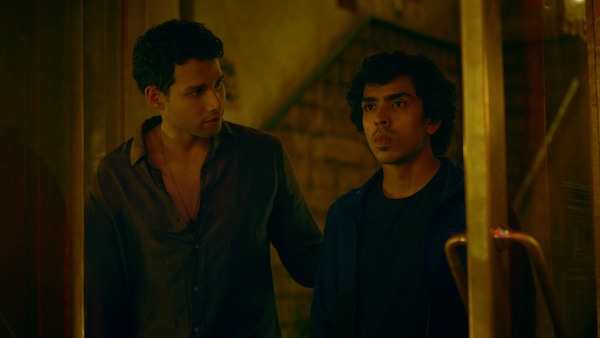
His flatmate, Ahana has a management degree and a 9-5 job. When her boyfriend of three years asks for a break and ghosts her immediately, she takes to scrolling through his Instagram profile. He appears happier than her. She checks the people who liked his photos. A name emerges along with her carefully drawn up social media profile. The evidence is damning: comments, likes, a floating red heart. Their other friend, Neil, is a gym trainer who is dating an influencer. The disparity is in the following. She has a million followers while he has few thousands. She refuses to acknowledge him in public.
Singh builds his world with an Instagram-friendly aesthetic, reminiscent of Shakun Batra’s polarising Gehraiyaan (2022). Even the sonic vibe is similar. Rooms are always carefully lit. Mumbai, a city gasping for breath at all times, looks almost vacant. But his craft is as much visual as it is visceral. Several moments in Kho Gaye Hum Kahan transpire with an emotional nakedness that makes it difficult to watch and impossible to look away from. When Ahana is denied attention from her partner, she plays the game she knows too well. She fills her timeline with artful selfies and looks up quotes on loneliness. She joins dating apps and craftily soft-launches her date with a picture of his hands. Her eyes light up when her ex sees the story, her mood changes when he messages after a long time. Her ears are trained to the chime of her phone, each notification giving her more joy than a conversation would.
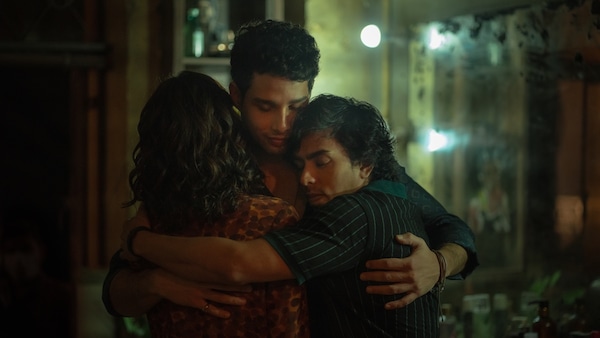
People here are ‘careful’, ‘curated’, 'crafty’ because social media demands that, and Singh understands that. Someone tells off his colleague for posting a selfie with his celebrity client. “It looks cheap,” he says but the reason is something else. In the digital space, perception is everything. Even reality. Neil belongs to a middle-class household (the name of his building is called ‘Roots’) but spends most of his money on buying expensive sneakers. It is a carefully curated decision, crafty in its subtext. His upper-class, South Bombay-resident patrons look at his shoes when they do those crunches. He assumes that equality is a visual bubble. Owing to his profession, he has access to spaces which are beyond his means. They remind him of what his family lacks. He comes back home and loses temper at his father (the ever-dependable Vijay Maurya) for not doing enough, for not being enough. But what is a bigger reality? The one we touch or the one we see?
Kho Gaye Hum Kahan not just contends with this question but challenges it to reveal the crux of the film: are we not losing the sense of reality by living virtually? Is the finger engaged in unending online trawl also not drilling a bigger role in our emotional vacuity? Is digital equality, aspiring in how accessible it seems, not just a grid-sized illusion? The questions throb with timely concerns; the directness of their query metaphorically breaks the fourth wall, making the film truly a testament of the times we inhabit.
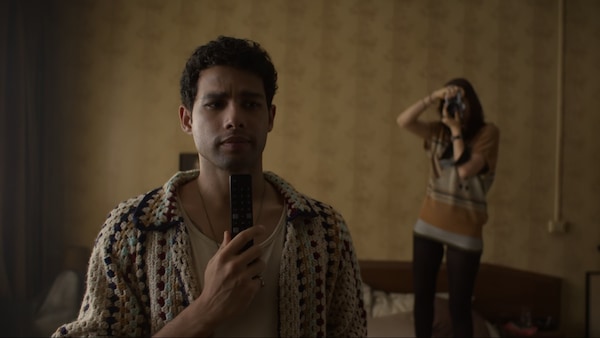
This is ably aided by compelling performances across the board. Chaturvedi brings a quiet charm to his role of a wisecrack who makes everyone a punchline to avoid attention on himself. Gaurav is given the short end of the stick for the way his role is written but his face feels perpetually bruised like he has been told off too often. It is Panday who evenly sparkles. She gets the better written role and elevates it with her performance. Unlike her other appearances, this is closer to her age and the actor infuses it with the recklessness and hurt the age accrues. There is an emotional deftness in her portrayal which makes one curious about her choices. The actor feels visibly comfortable in this space and uses little quirks — the Aliaesque flaring of the nostrils, the tendency to bookend sentences with “bro”and “dude” — effectively.
Kho Gaye Hum Kahan shines as long as it makes the case of how lost we are. The outing is compelling when it is not looking for resolution. It only crumbles when it adopts the somber tone which currently infiltrates most of Akhtar and Kagti productions; when it gives the impression that it can resolve all the crises. The dissonance is too much. Somewhere while portraying Gen Z(s), the film forgot that the generation uses excessive emojis as replies for a reason: they do not have the answers.
Stream Kho Gaye Hum Kahan.
